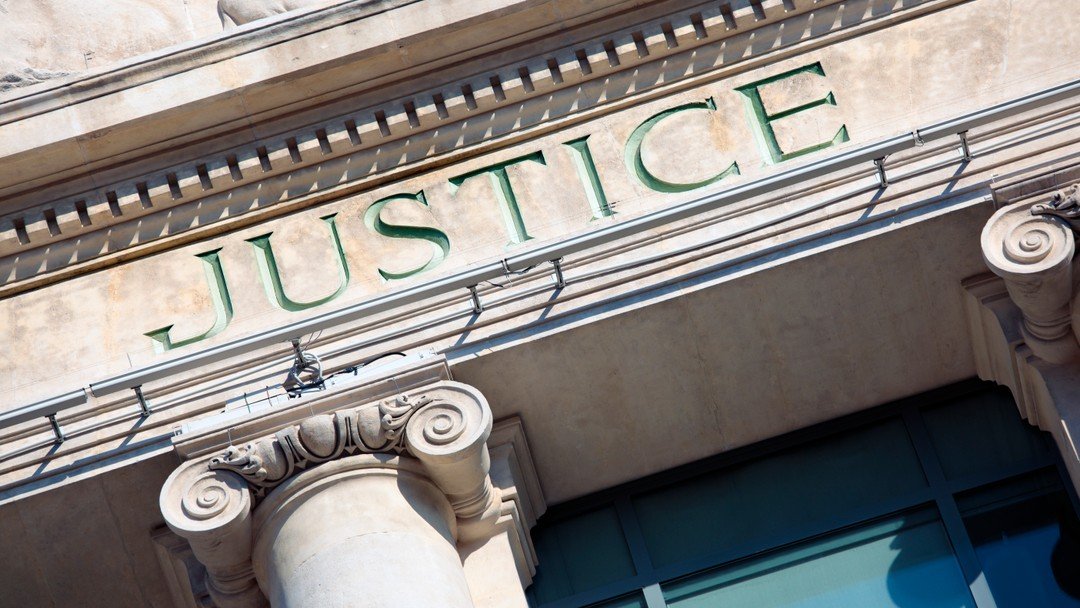One expert is better than two in financial remedy cases

By Amelia Alston and Alex Laing
In financial remedy cases, a single joint expert is preferable to multiple experts to ensure impartiality, uniformity, and cost-effectiveness, explain Amelia Alston and Alex Laing
The use of expert witnesses is limited in England and Wales: for example, in civil proceedings it must be “reasonably required”: CPR r 35.1. Particularly strict rules apply in family proceedings, where the test is necessity. In BR v BR [2024] EWFC 11, Peel J examined points of principle in respect of the use of expert evidence in financial remedy cases: a procedural framework that is important to practitioners.
As head of the Financial Remedies Court, Peel J took the opportunity to deliver “a written judgment as one or two points of principle arise” on the use of single joint experts in financial remedy proceedings. This was an issue in the high-value case of BR v BR [2024], where substantial business interests had been built up during the marriage and both parties took the pragmatic view that the instruction of sole experts might be worth exploring.
The Family Procedure Rules are clear: r 25.11 states, “Where two or more parties wish to put expert evidence before the court on a particular issue, the court may direct that the evidence on that issue is to be given by a single joint expert”.
Single Joint Expert
The judge outlined the narrative in BR v BR: “In their written submissions… counsel for both parties informed me of an agreement that the substantial business interests should be valued by two separately instructed sole experts, one for each party. I sent an email to counsel stating my provisional view that I should instead make a direction for the instruction of a Single Joint Expert (SJE). By the start of the hearing, the parties had agreed to move forward on the basis of my suggestion for a SJE report.”
He added: “The ES2 (which record the assets, liabilities, and income values in a simple and neutral format that are easily identified by the court) is provisional at this stage, but the total figure, on H's case, is £183m, of which approximately £163m represents his estimate of the business values. W believes the figure for the business assets may be much higher.”
In relation to FPR, part 25, Peel J importantly noted that the broad and discretionary case management power is circumscribed by PD25D, para 2.1: “Wherever possible, expert evidence should be obtained from a single joint expert instructed by both or all of the parties.”
Children lawyers will note that the phrase “Wherever possible” stands in contrast to civil procedural law: it features neither in CPR r 35.7, nor in the accompanying PD 35, para 7, which mandates taking into account “all the circumstances”, guided by a non-exhaustive list.
Basic rules
Peel J drew attention to the five basic rules provided by the Financial Remedies Practice commentary to FPR part 25: “The fifth basic rule is that wherever possible expert evidence should be obtained from an SJE instructed by both or all of the parties”.
In BR v BR [2024], Peel J ruled that he was “in no doubt that the right course of action is for a SJE instruction,” adding that, in his view, a single joint expert report is likely to give the parties a more secure evidential foundation for the FDR than two solely instructed reports.
In dealing with the principles, Peel J concluded that there are a number of good reasons why the default position should be the instruction of a single joint expert.
In delivering what he described as a non-exhaustive list, he identified eight points that stand out:
- Cost. It will usually be cheaper to instruct one, rather than two, experts.
- Impartiality. Notwithstanding this clear expression of duty to the court which binds all experts, the single joint expert has the inestimable advantage over a solely instructed expert of being truly independent. The solely instructed expert may (whether consciously or subconsciously) be partisan to a lesser or greater degree, because they take instructions from one party, are given information by them, build up a relationship with them and are paid by them to prepare reports and give evidence in conflicted litigation. The SJE is likely to be less susceptible to bias (conscious or subconscious) towards either party.
- Uniformity. The SJE prepares a report in accordance with one joint letter of instruction, jointly provided information and one series of joint questions. By contrast, two separate experts, instructed by two different parties, may receive different instructions, different information and different questions. Uniformity will limit the ‘significant risk’ of reports reaching different conclusions and thereby reliance.
- Shadow experts. Nothing prevents either or both parties from instructing shadow experts to assist in (for example) drafting the joint letter of instruction, or raising questions of the SJE once the report has been received. At trial, the SJE can give evidence and be cross examined by counsel for one or both parties with the benefit of input from shadow accountants.
- Questions. The SJE can be questioned after provision of the report, FPR 25.10, give the parties the opportunity to explore areas which they consider have not been properly addressed.
- Further application. Should either or both parties be dissatisfied with the SJE report, they can make a Daniels v Walker application for permission to adduce their own expert evidence. Although this may lead to additional expert evidence, experience suggests that in many cases parties are content, broadly, to accept the SJE's opinion, and those cases where there is a legitimate justification for additional sole expert evidence will be rare.
- Co-operation. A court will expect parties to co-operate with requests for information made by the SJE. So, the appointment of the SJE usually remove[s] the need for lengthy questionnaires to address company matters, and enables that expert to decide what documents they need and request them.
- Cost and proportionality. These are likely to be more pertinent in lower value cases, but even in "big money" cases, the court must keep them in mind.
Conclusion
Peel J affirmed the current legal position, namely that “wherever possible”, an SJE should be directed, that being “the default position”, adding that the “bar for departing from the default position is set high. A high degree of justification is required to persuade the court to do so.”
Bearing in mind costs, proportionality and the overriding objective, parties are more likely to reach agreement if there is a joint approach to instructing experts, as Peel J confirmed.
This judgment serves as a helpful reminder to practitioners of how the courts view the FPR in relation to expert witnesses: unless there are compelling reasons, one SJE is better than two.
Amelia Alston is an associate at Dawson Cornwell and Alex Laing is a barrister at Coram Chambers

